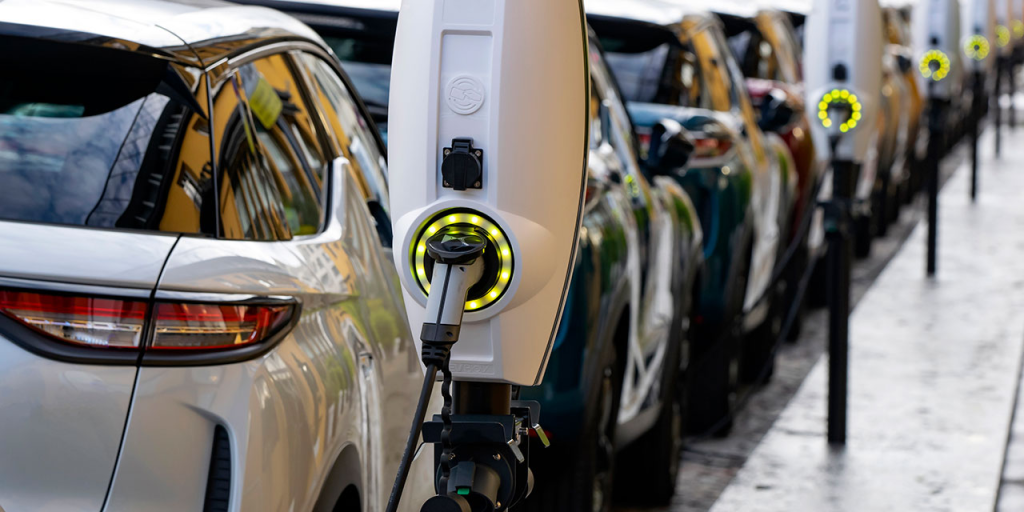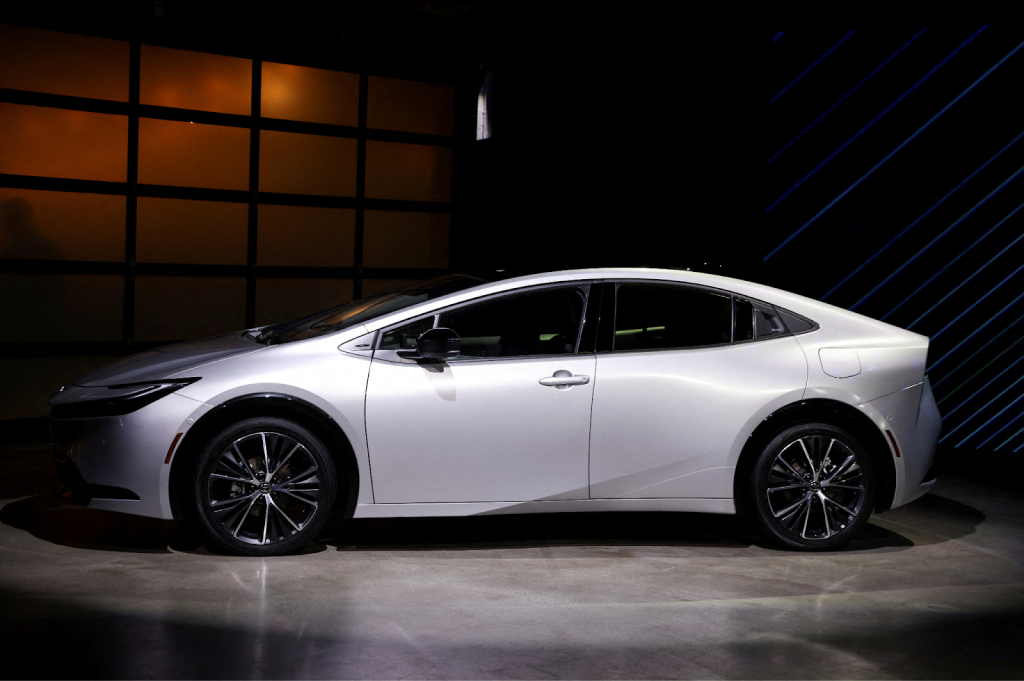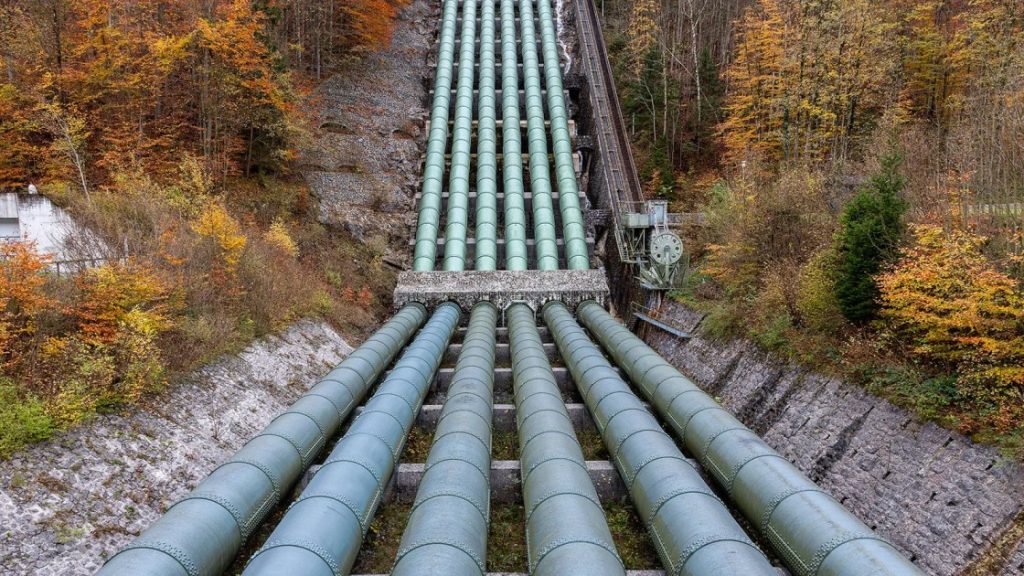Transportation systems are major contributors to global warming, with greenhouse gas emissions accounting for about 28 percent of total U.S. emissions, which makes it the largest contributor to the nation’s greenhouse gas output. However, with the introduction of green technology, there’s a potential to change this situation.
Read on to learn more about green technology and how it transforms urban transport for a more sustainable future.
What is Green Technology?
Green technology, at its essence, revolves around implementing innovative ideas and methods to safeguard our planet. It’s not just a trend but a necessity we have realized to preserve the very existence of humanity.
The primary aim? Simple – use fewer resources, produce less pollution, optimize energy consumption, and, ultimately, foster a healthier, more sustainable world within which we all coexist.
Some examples of green technology include:
- Solar panels
- Wind turbines
- Energy-efficient buildings
- Electric vehicles (EVs)
- Biofuels
- Green roofs
- Water-saving technologies
- Recycling technologies
- Smart grids
How Green Technology Helps With Sustainable Urban Transport
Eco-friendly technology has become an essential player in developing sustainable urban transport systems. With it, cities can significantly reduce their environmental footprint while enhancing the quality of urban life.
Here’s how green technology leads to sustainable urban transport:
1. Reduced Emissions
Reducing emissions in urban transport means using new technologies that make vehicles produce less pollution. Vehicles with reduced emissions help cities have cleaner air and fight climate change by cutting down on harmful gasses like nitrogen oxides and particles.
Here are some examples of how green technology reduces emissions in urban transport:

- Electric Vehicles (EVs): EVs run on electricity instead of gasoline or diesel, producing zero tailpipe emissions. They rely on specialized infrastructure (e.g., EV bus charging stations) to function.

- Hybrid Vehicles: These cars combine a traditional gasoline or diesel engine with an electric motor.

- Fuel Cell Vehicles: Fuel cell vehicles use hydrogen as propellant and emit only water vapor and heat as byproducts. They are considered zero-emission vehicles and contribute to cleaner urban air.
2. Energy Efficiency
Energy efficiency in urban transport involves using technologies and practices that minimize power consumption while maintaining or improving transportation services.
Among the most popular energy efficiency practices are:
- Regenerative braking systems capture and store energy that would otherwise be lost during braking.
- Lightweight materials such as carbon fiber and aluminum are used in vehicle construction to reduce weight and improve fuel efficiency without compromising safety.
- Smart transportation systems optimize traffic flow, reduce congestion, and minimize idling time, all of which contribute to energy savings and reduced emissions.
3. Infrastructure Improvement

Infrastructure improvement in urban transport refers to enhancing physical structures and systems to support more sustainable and efficient transportation options, such as redesigning urban spaces and integrating new technologies.
In practical terms, that means creating more:
- Dedicated bike lanes
- Pedestrian zones
- Public transport expansion
- Green roofs and walls
- Mart parking solutions
4. Renewable Energy Integration

Renewable energy integration in urban transport involves incorporating sustainable energy sources to reduce dependence on fossil fuels, mitigate greenhouse gas emissions, and promote cleaner and more sustainable energy solutions for urban mobility.
When people harness renewable energy sources, cities can power electric vehicles, charging stations, and public transportation networks with clean energy.
Here are three sustainable energy sources in transportation items:
Solar Power

Solar energy relies on sunlight to create electricity through special cells called photovoltaic cells, which are installed on vehicles or charging stations. Electricity powers electric vehicles (EVs) to help cut down on using fossil fuels, making urban transport cleaner and more sustainable.
Wind Power

Wind energy in transportation utilizes wind turbines to generate electricity that can be used to power electric vehicles or charging stations.
Hydroelectric Power

Hydroelectric power for transportation uses the energy of flowing water, typically from rivers or dams, to generate electricity, which can be used to charge EVs or operate public transportation systems.
Conclusion
To sum up, green technology helps make city transportation more sustainable. It uses things like solar and wind power, makes vehicles and buildings use less energy, and improves how cities are built, which makes our cities cleaner and better places to live.
Choosing green technology means building a future where transportation is both eco-friendly and efficient.

Andrej Fedek is the creator and the one-person owner of two blogs: InterCool Studio and CareersMomentum. As an experienced marketer, he is driven by turning leads into customers with White Hat SEO techniques. Besides being a boss, he is a real team player with a great sense of equality.
